Set in a southern Chinese art college in 1994, Art College takes us into the lives of students finding their way. Directed by Liu Jian, it’s an animated portrait of a group bonding through big talks on life, art, and China opening up.
Protagonist Xiaojun loves grunge rock and traditional painting, torn between old and new. Close friend Rabbit’s more carefree but cares deeply too. They study and debate with an eclectic bunch as relationships form and ideas clash. Musician Lili draws Xiaojun’s eye, opera singer Hong adds color, and rival Lin stirs things up.
It’s a time of change, with Western influences like Nirvana tees and Coca-Cola arriving. Some embrace modern styles over tradition, and as a curator preaches a “manifesto,” none truly understand. Yet change also brings challenges of identity and purpose. What does the future hold for art and artists in this new China? And how will these dreamers find their paths?
Through lively talks and quietly unfolding days, director Liu offers a snapshot into exploring art and self in a shifting world. With warmth and insight, he celebrates youth’s passion for creation and meaning, no matter the uncertainties of the open road ahead.
Expressing Art Through Animation
The animation in Art College 1994 is quite unique, bringing the world of the film to life in a vivid yet understated way. Director Liu Jian utilizes a style that captures the heart and spirit of the story.
The characters are drawn with clean, simple lines that give them energy and personality. Even with minimal details, you feel like you know who these students are from their animated movements and facial expressions. It’s impressive how Liu conveys so much about them visually through artful simplicity.
At the same time, backgrounds burst with intricate works of art. From traditional Chinese brush paintings to experimental modern canvases, the frames come alive with colorful artistic recreations. Whether it’s a museum piece or the latest project from Rabbit and Xiaojun, you find yourself examining each new work that appears.
Liu also replicates styles from different art movements to create striking effects. When characters explore genres like action painting on screen, the animation shifts along with it. Scenes take on looser, bolder forms that perfectly match this frenetic form of expression. It’s a creative storytelling technique that draws audiences further into the world.
Perhaps most impressive is how Liu brings 1990s China to life. Subtle period details like old tech or fashion feel authentic. But the lush landscapes feel vivid and timeless. This balance of nostalgia and artful recreation truly transports you to the college campus.
Through animation, Liu finds elegant ways to enhance Art College 1994 at every turn. It’s a visual feast that shows how the artistic spirit of the film flows through each frame.
Quiet Insights
The characters in Art College 1994 each have their own journeys of discovery. From the outset, we meet Xiaojun and Rabbit, close friends with different artistic passions. Xiaojun pores over his western idols, like Cobain, embracing modern styles. Rabbit favors traditional Chinese brushwork but supports Xiaojun unconditionally.
Hao Lili studies piano; her skills lean more towards western classics. Yet her free spirit also sees beauty in tradition. Nearby, Gao Hong’s talents lie in opera, though she dreams bigger than her expected path. Through music, both young women experience art transcending borders.
As the film progresses, questions of tradition vs. modernity emerge. Rabbit finds himself torn between cultural heritage, creativity, and its role. Xiaojun similarly wonders if individuality might be found through collective tradition. Meanwhile, Hao Lili and Gao Hong consider whether independence means rejecting expectations or embracing multiple influences.
Relationships also bring reflection. Hao Lili is drawn to Xiaojun’s fire but respects tradition’s practical role. Rabbit helps Xiaojun stay open-minded. Gao Hong, meanwhile, finds strength in embracing both passion and pragmatism.
Underlying it all seems to be a shared theme: how does one balance competing priorities—authenticity, commerce, and society? No character has a clear answer, but each pursues understanding in their own quiet way. Growth comes not from resolving every dilemma but from embracing life’s complexity with empathy, honesty, and support for others.
In the end, no character’s path is set. But by valuing each other’s journeys, they gain insight into navigating tradition and modernity’s interplay with grace. Perhaps that is Art College 1994’s most poignant lesson.
Conversations Capturing a Moment
Through its meandering yet insightful dialogues, Art College 1994 provides a glimpse into lives surrounded by transition. Director Liu Jian utilizes conversations between students to capture the mood of a pivotal time.
Whether debating art, relationships, or the future, the film draws strength from authentic-sounding talks that feel plucked from real life. Characters discuss dense topics yet speak as normal students would, pondering ideas without pretense. Thoughts on tradition versus modernity or finding one’s purpose feel universal.
The discussions also offer commentary on China circa 1994. Politics are barely mentioned despite recent upheavals, reflecting a focus on personal matters. Yet the shadow of change remains, viewed through exposure to Western culture. Debates emerge around balancing old and new influences, from art forms to music.
Western brands pervade daily life while traditions still hold weight, showing a shifting society. One character laments lost heritage in the arts, even as others embrace globalization. Through it all, an undercurrent of ambiguity remains as young people navigate change.
Conversations allow glimpses into women finding independence amid expectations. Career and marriage emerge as competing paths, with characters understanding practicality despite romantic ideals. Their discussions subtly portray evolving social roles near the turn to modernity.
Ultimately, through its naturalistic dialogue, Art College 1994 transports viewers to a transitional period in Chinese history. By capturing everyday conversations, it comments on massive changes unfolding in young lives. Most of all, it reminds us that amid upheaval, human concerns often remain personal, as depicted through meandering but insightful student discussions.
Parallels to Richard Linklater
Art College 1994 invites comparisons to films from Richard Linklater due to its similar animation style and subject of aimless campus talks. Like Linklater’s Waking Life, Liu Jian’s work employs a rotoscoped effect, giving its 2D characters a lifelike flow of motion. Both capture the informal discussions that simply drift between college acquaintances.
Linklater’s films master the art of depicting young adults casually debating weighty topics. In Waking Life, conversations cover the true nature of reality or dreams in a provocative yet playful manner. The characters speak to philosophical matters yet feel like peers one could relax with on a weekend. Meanwhile, Art College 1994 features dialogues that touch on art and society, yet the talks remain surface-level without truly exploring perspectives.
Where Linklater injects imagination, Jian’s work presents conversations as dry exchanges lacking insight. None of the characters demonstrate varied viewpoints or depth of thought on their subjects. Without this, the campus scenes start to feel repetitive and lose their ability to engage viewers. Even Linklater’s less philosophical Before Midnight maintains an authenticity and passion for discussion that Art College 1994 lacks.
Stylistically, Jian draws from Linklater through the laidback rotoscoped animation on college grounds. But he fails to channel the Texas filmmaker’s skill for weaving meditations on life into conversations. Where Waking Life and other works feel rich with the discoveries of youth, Art College 1994 paints its time and characters with too broad a brush. There remains an opportunity to take inspiration from Linklater’s ability to infuse talks with heart and wisdom.
While the setting and animation invite ties to Linklater, Jian’s film stands to learn the most from how the American director crafts dialogues that are thoughtful yet casual. His movies understand that conversations require depth and variety to truly transport an audience. For all its good intentions, Art College 1994 falls short of elevating its talks to comparable philosophical heights.
Nostalgia Meets Limitations
While Art College 1994 benefits from universal themes of self-discovery and first loves, certain factors held it back from wider acclaim. Director Liu Jian established himself with the gritty Have a Nice Day, leaving some pondering where his animated career might lead.
This look at carefree youth sparked nostalgia for relatable experiences like aimless campus discussions. Liu crafts a charming world to get lost in, letting viewers drift among students, finding their paths. We’ve all experienced that shimmering moment where everything seemed possible before reality set in.
In tapping this vein of nostalgia, Liu risks the film becoming too leisurely. Lengthy dialogues that seldom deepen past surface-level led reviews criticizing a lack of substance. Characters feel like vessels delivering monologues rather than individuals with nuanced voices.
Some praised the rotoscoped visuals for creating a lived-in campus. But others noted a missed opportunity to infuse settings with more Chinese flair. A story portraying Western influences could have benefited from distinguishing cultural authenticity.
While gentle humor lands occasionally, a tamer pace and tone diverge from edgier works like Have a Nice Day. Fans hoped Liu’s animation career might experiment more. Favoring nostalgia over edginess risks limiting appeal beyond nostalgia-seekers.
Talented voice actors like Jia Zhangke in minor roles also raise questions. Did constraints prevent them from unleashing their full potential?
Art College 1994 celebrates an earnest time, but journeying too far down memory lane risks losing those seeking deeper insight. Nostalgia and languidness serve the film well in parts, but rein them in, and greater depths may have resonated farther. Liu Jian displays continued growth that is worthwhile to follow in his animation career.
Art College 1994: An Evocative Glimpse of its Time
Liu Jian’s film examines the experiences of Chinese art students in the mid-1990s as societal changes impacted their pursuits and relationships. While it is not without flaws, it offers an engaging portrait.
The gentle pacing follows protagonists Xiaojun and Hao Lili as cultural influences, career doubts, and young love influence their journey. Supporting characters like the aspiring singer Gao Hong add color. Rotoscoped visuals imbue the campus with lively detail.
Conversations can feel superficial at times. Some may grow impatient, wishing for deeper insights. But the dialogue also reflects that young adults sincerely question life while discovering themselves.
Nostalgia for easingsumers undoubtedly charms many viewers. But its effect stems as much from evoking relatable rites of passage we all faced. Discerning life’s path amid shifting norms resonates universally.
Its liminal setting captures China opening further to the West yet clinging to tradition. This transitional period shapes the minds and arts of its youth, for better or worse.
Ultimately, Art College 1994 offers not only answers but also some food for thought. It kindles reflection on sowing wild oats and shouldering responsibility. Most of all, it transports us to a period that shaped today’s world with a brilliant, personal touch. Not thoroughly realized work but anundeniably evocative one.
The Review
Art College 1994
Liu Jian's Art College 1994 provides an affectionate look at navigating young adulthood amid changing cultural winds. While some may find its conversations superficial or pacing languid, the film succeeds in offering an intimate glimpse of its characters' formative experiences. Nostalgia permeates its rotoscoped visuals and explorations of burgeoning relationships, yet deeper questions also emerge about embracing new perspectives versus tradition.
PROS
- Intimate and affectionate portrayal of its characters
- It vividly captures the campus atmosphere and cultural shifts of its time period.
- It evokes nostalgia and universal themes of self-discovery in young adulthood.
- Strong, rotoscoped visuals that immerse the viewer
CONS
- Some characters and conversations feel superficial.
- The plot is loosely connected and can feel meandering at times.
- Pacing is quite slow and leisurely, which risks losing some viewers.
- May not satisfy those seeking deeper insights or edgier drama.









































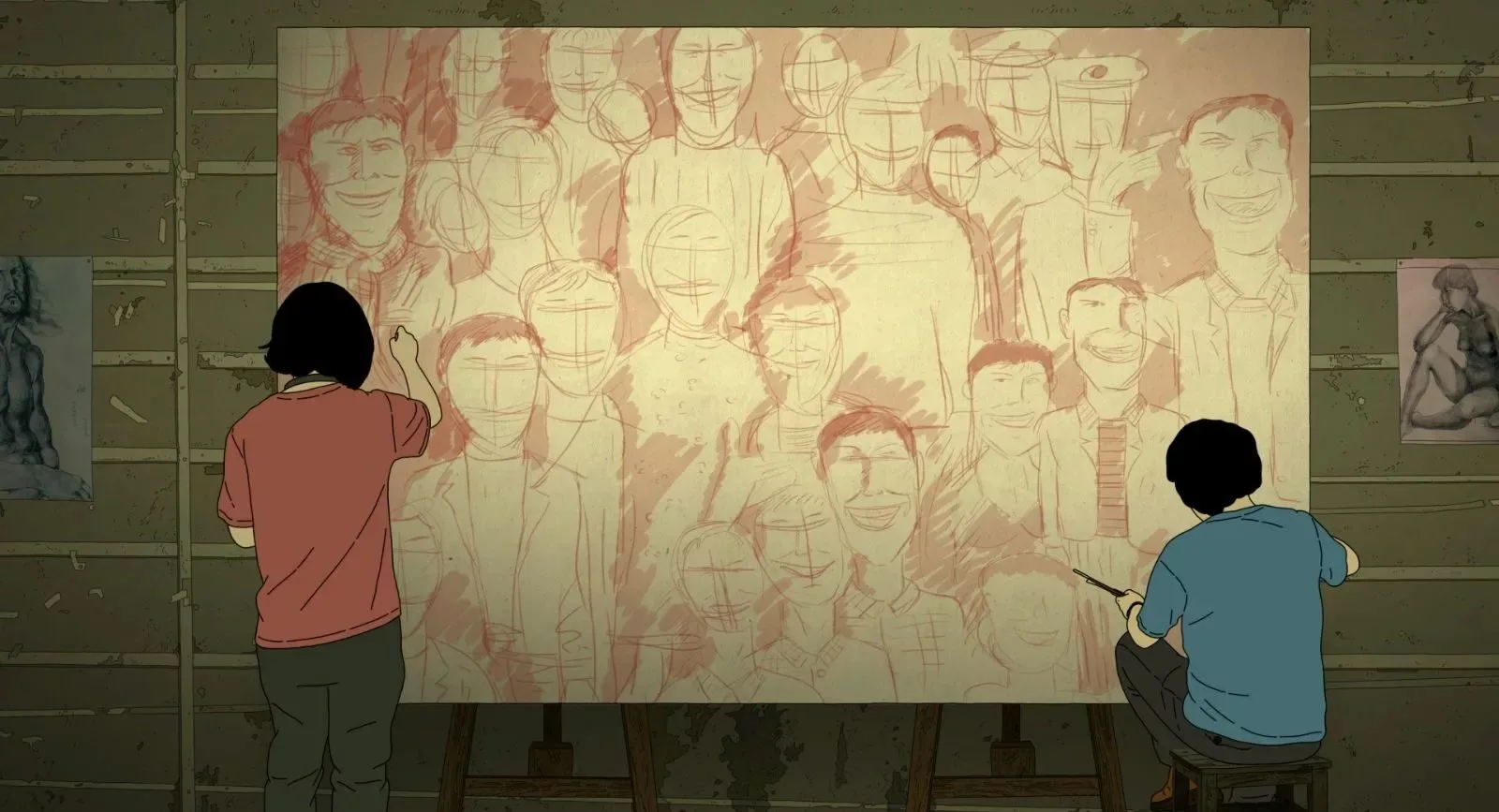
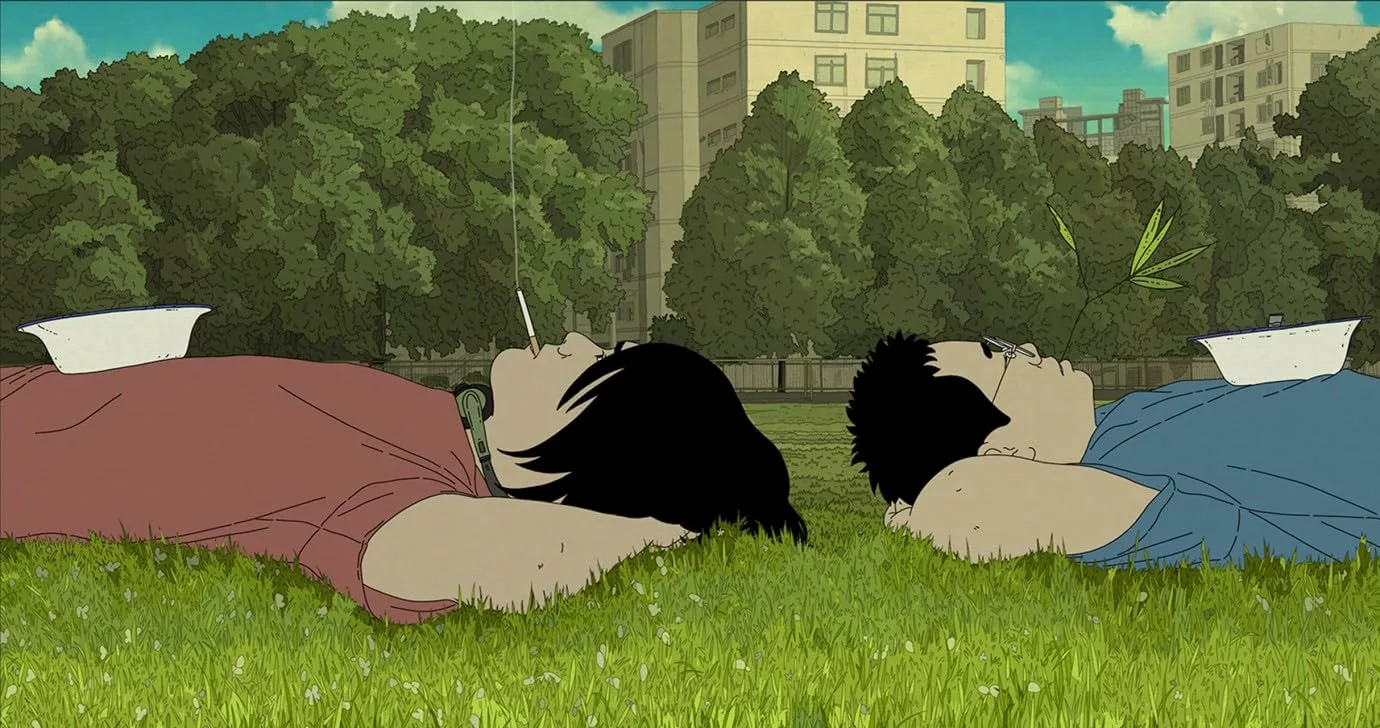
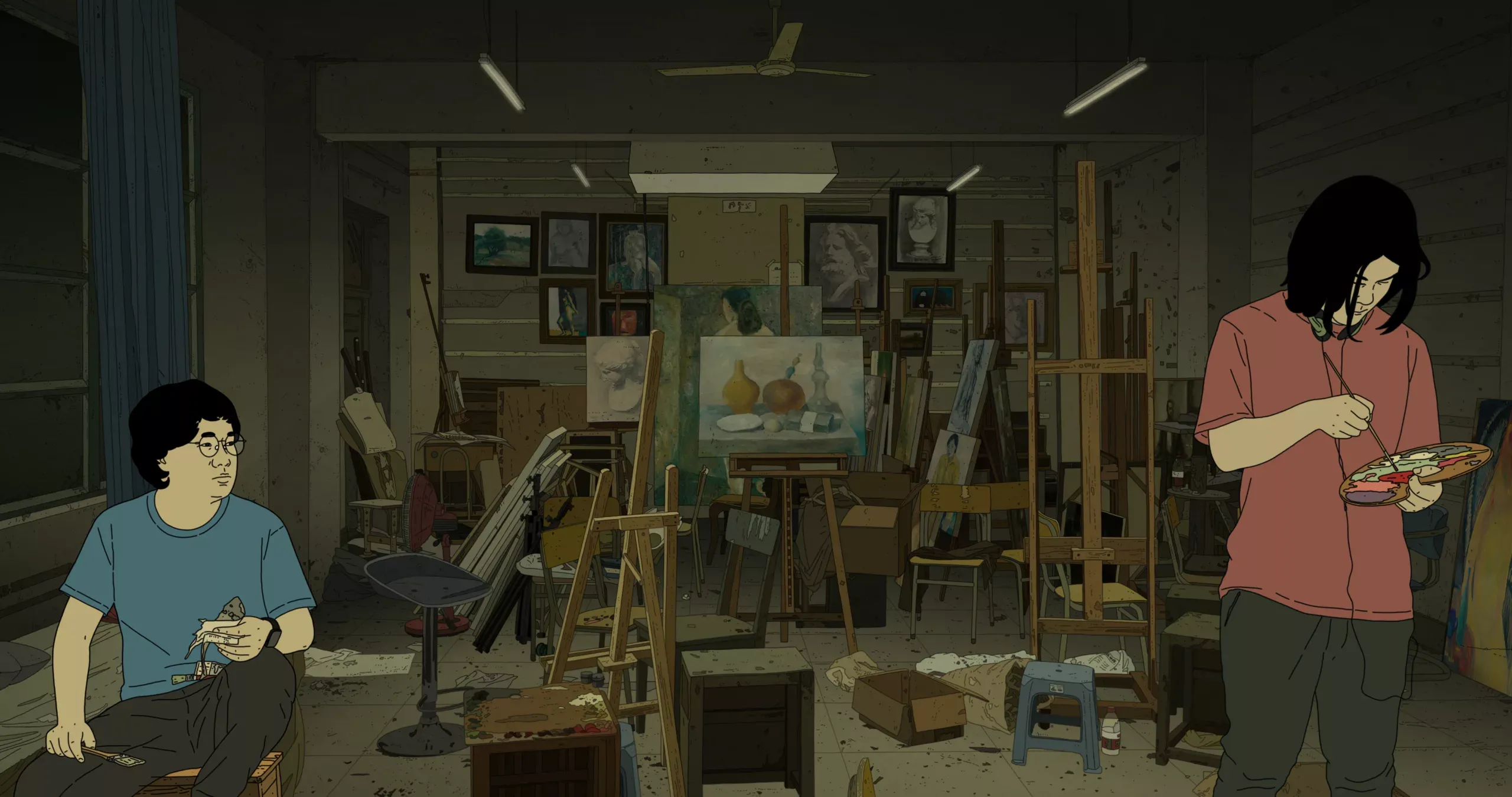
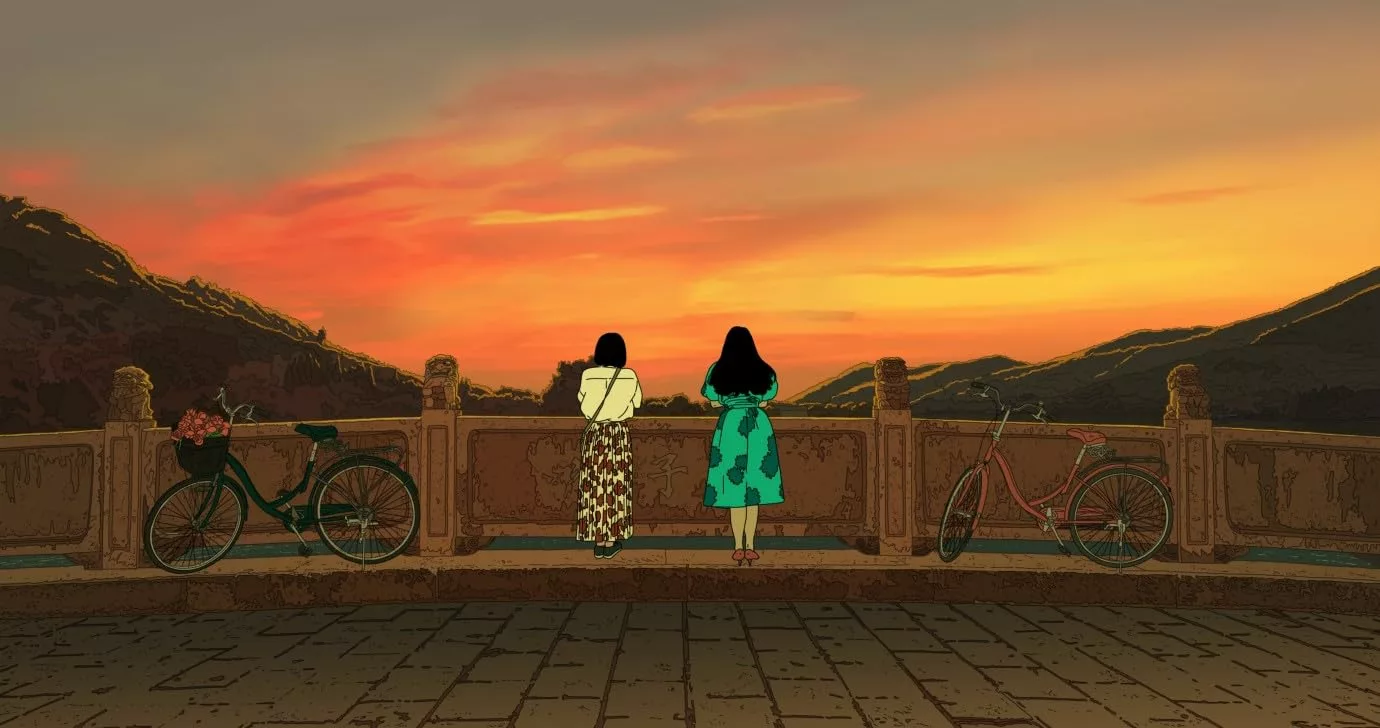
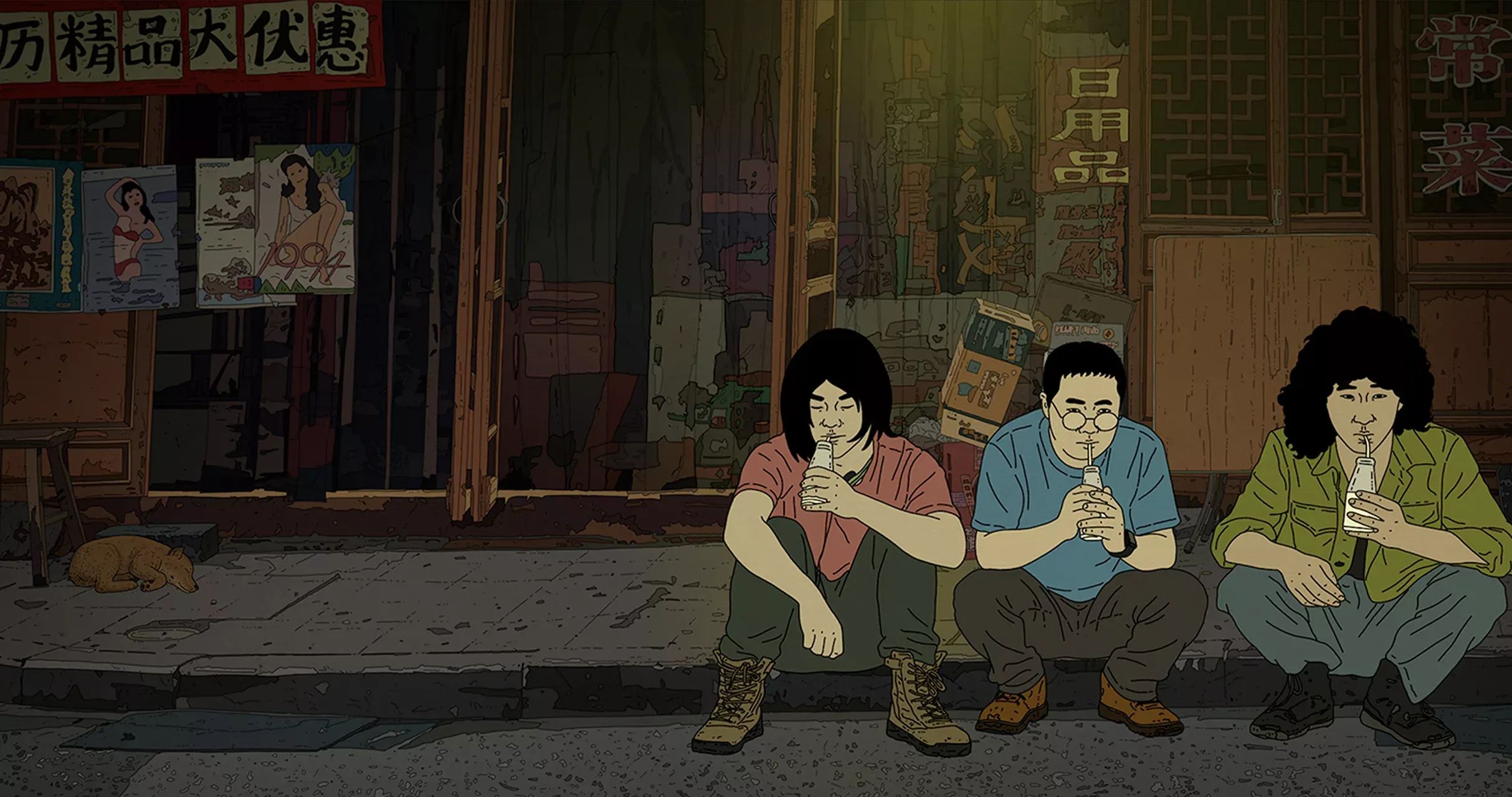








Discussion about this post